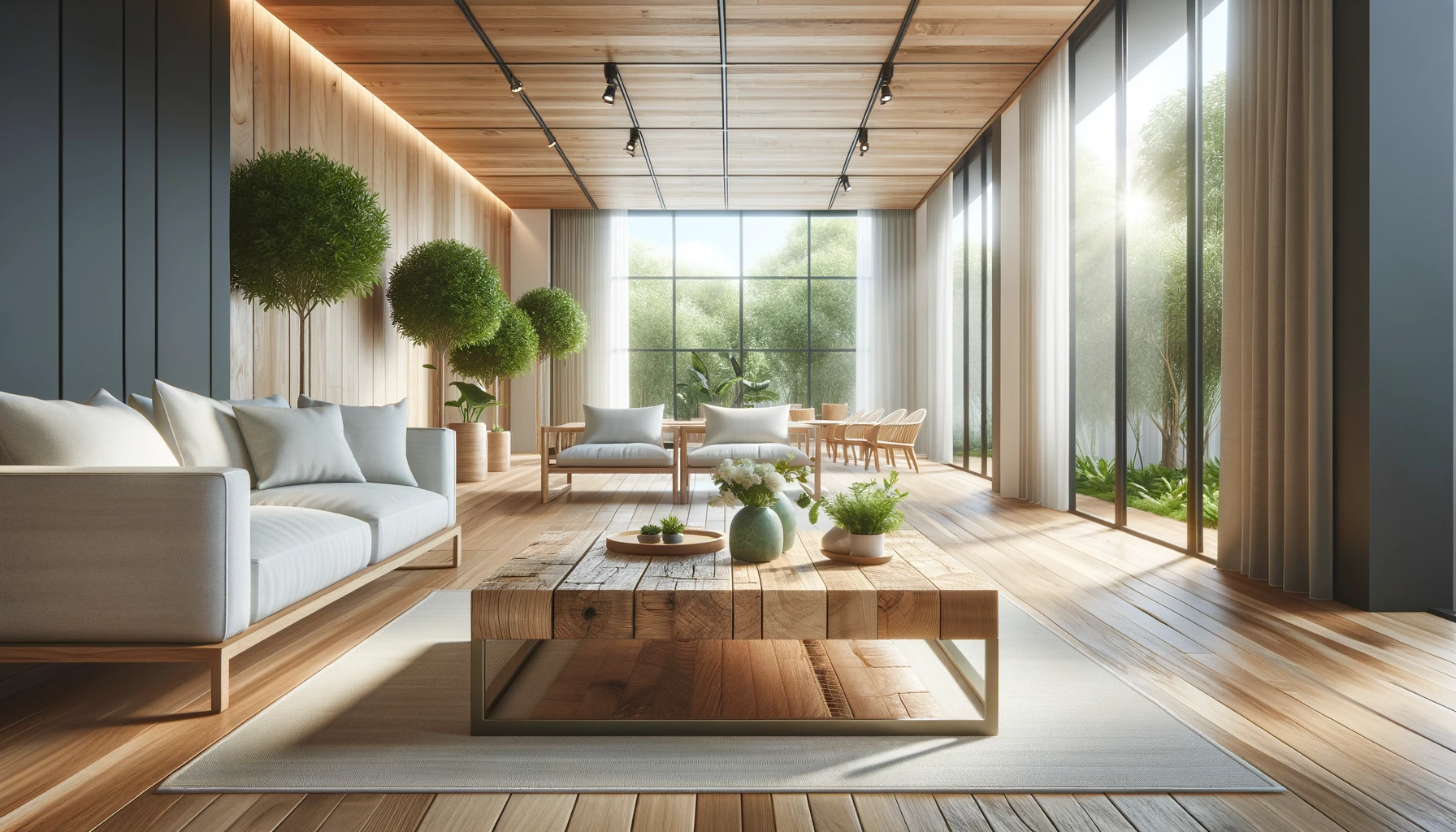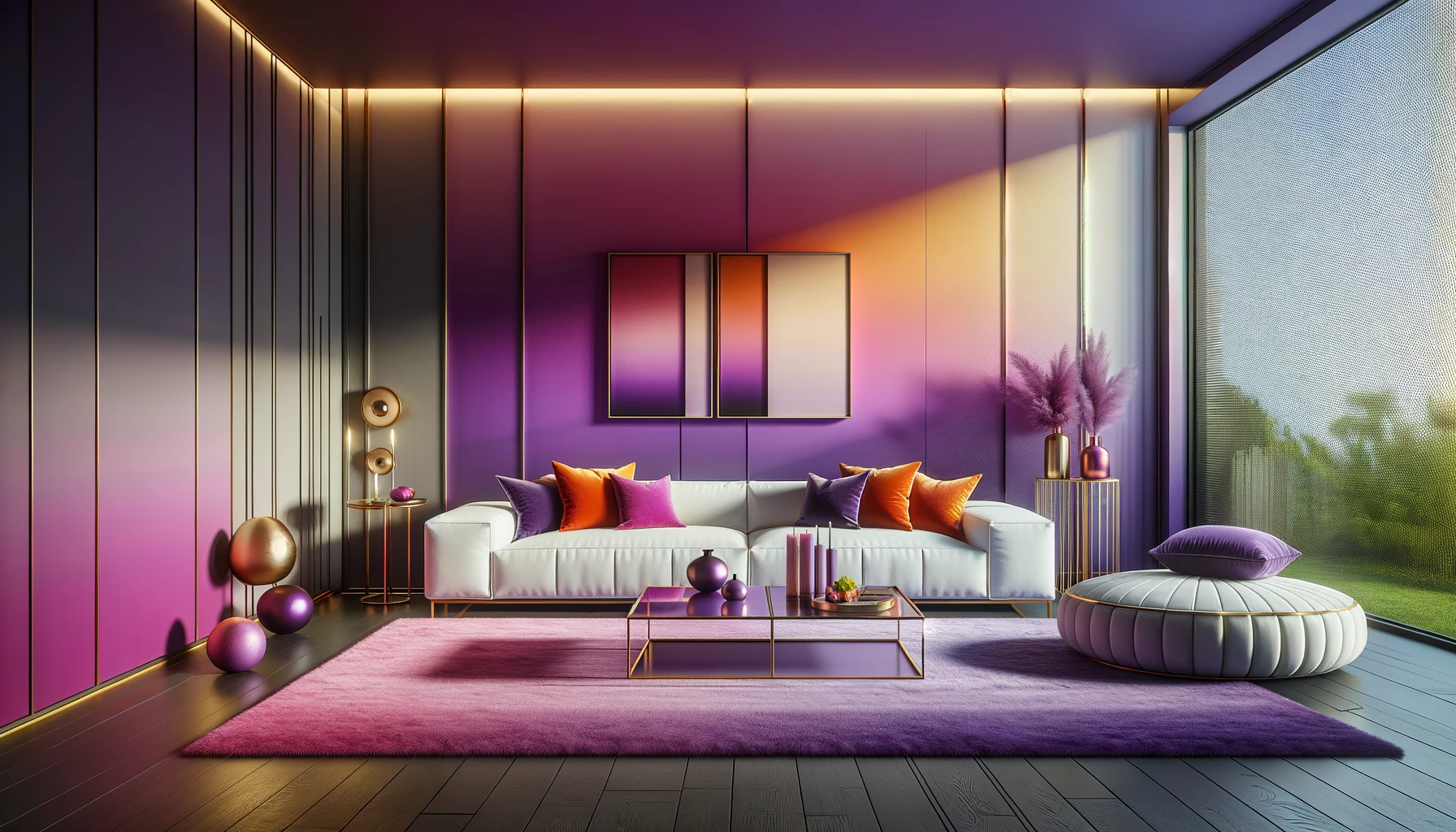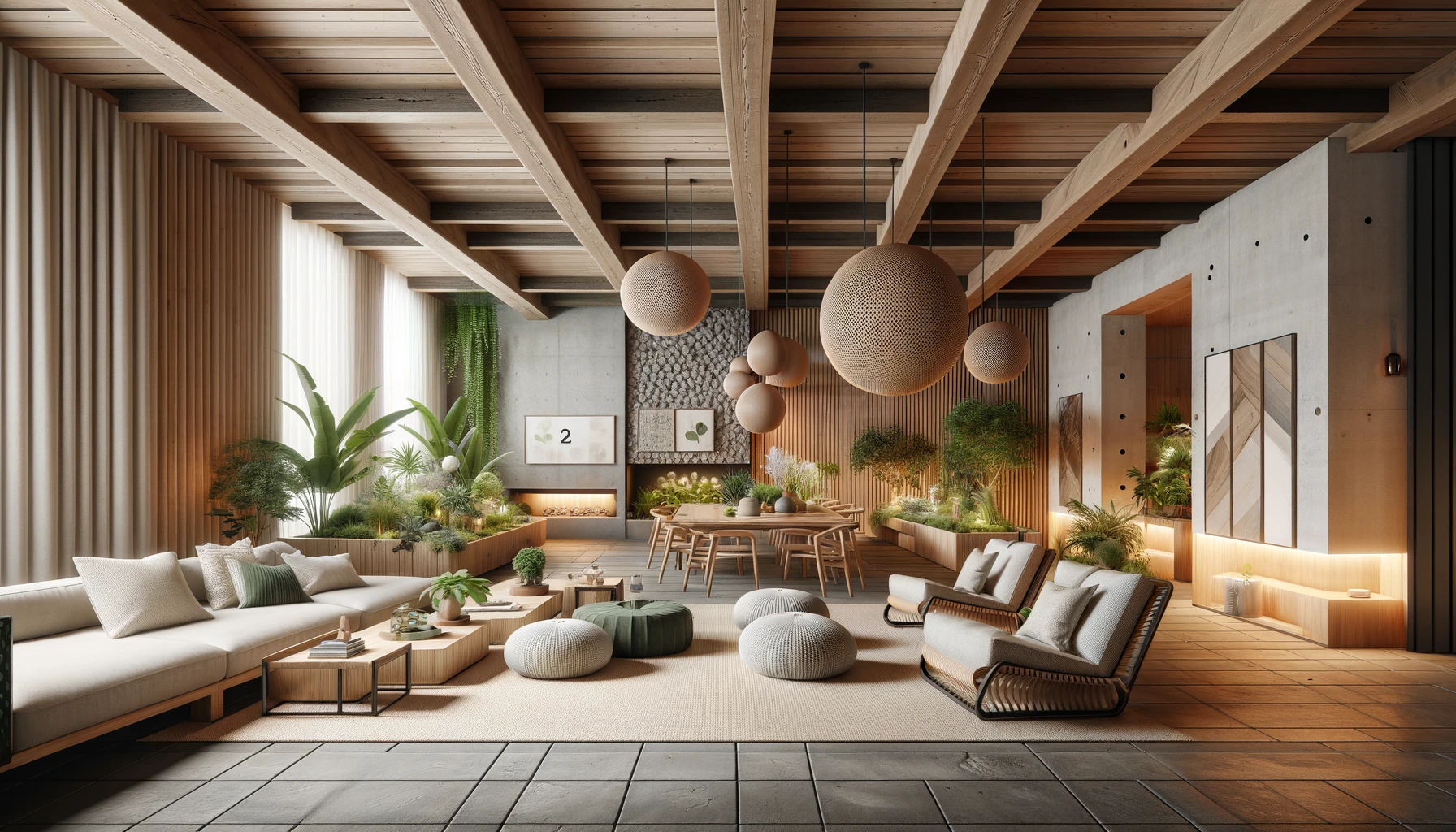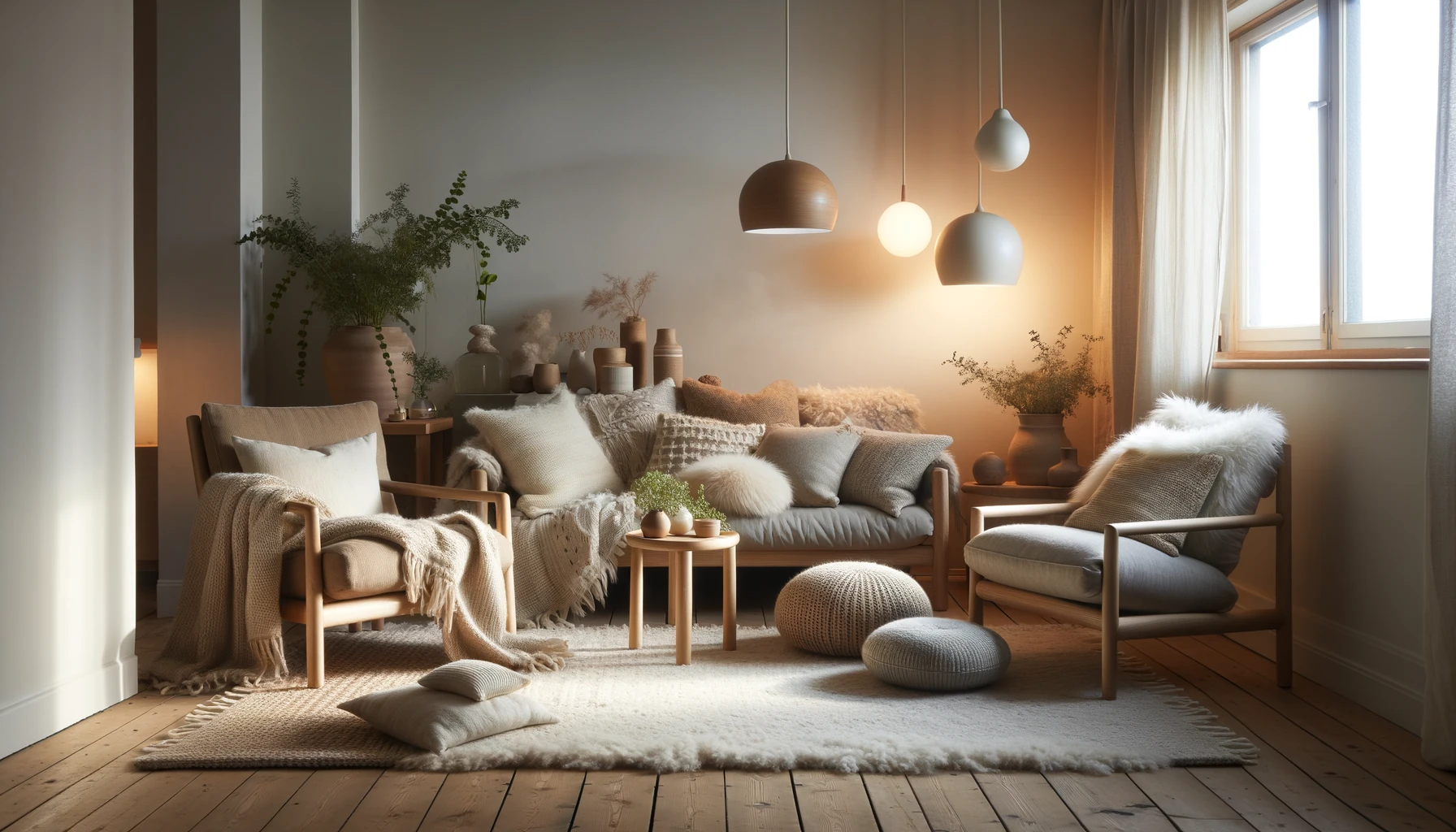Seeking fresh inspiration for your open-plan lounge room layout? Wondering how to maximize space and create a cozy yet functional area in different spaces, like living spaces and dining rooms? From clever furniture arrangements to strategic lighting tips, we’ve got you covered. Whether you’re aiming for a modern chic vibe or a more relaxed feel, these suggestions will help you transform your space effortlessly. Get ready to revamp your living area with style and practicality in mind!
Key Takeaways
- Design with Purpose: When designing your open-plan lounge, consider the purpose of each area and how you want them to function to create a cohesive layout.
- Strategic Furniture Placement: Arrange furniture strategically to define different zones within your open-plan space while maintaining a sense of openness and flow.
- Harmonize Decor Elements: Coordinate furniture and decor across the open space to create a unified look and prevent visual clutter.
- Utilize Lighting Effectively: Enhance open spaces with a combination of ambient, task, and accent lighting to add depth and create different moods in various areas.
- Color as a Unifying Element: Use color strategically to define and connect different spaces within your open-plan lounge while maintaining a harmonious overall look.
- Optimize Functionality: Maximize the functionality and flow of your open-plan layout by carefully considering traffic patterns, storage solutions, and multi-purpose furniture.
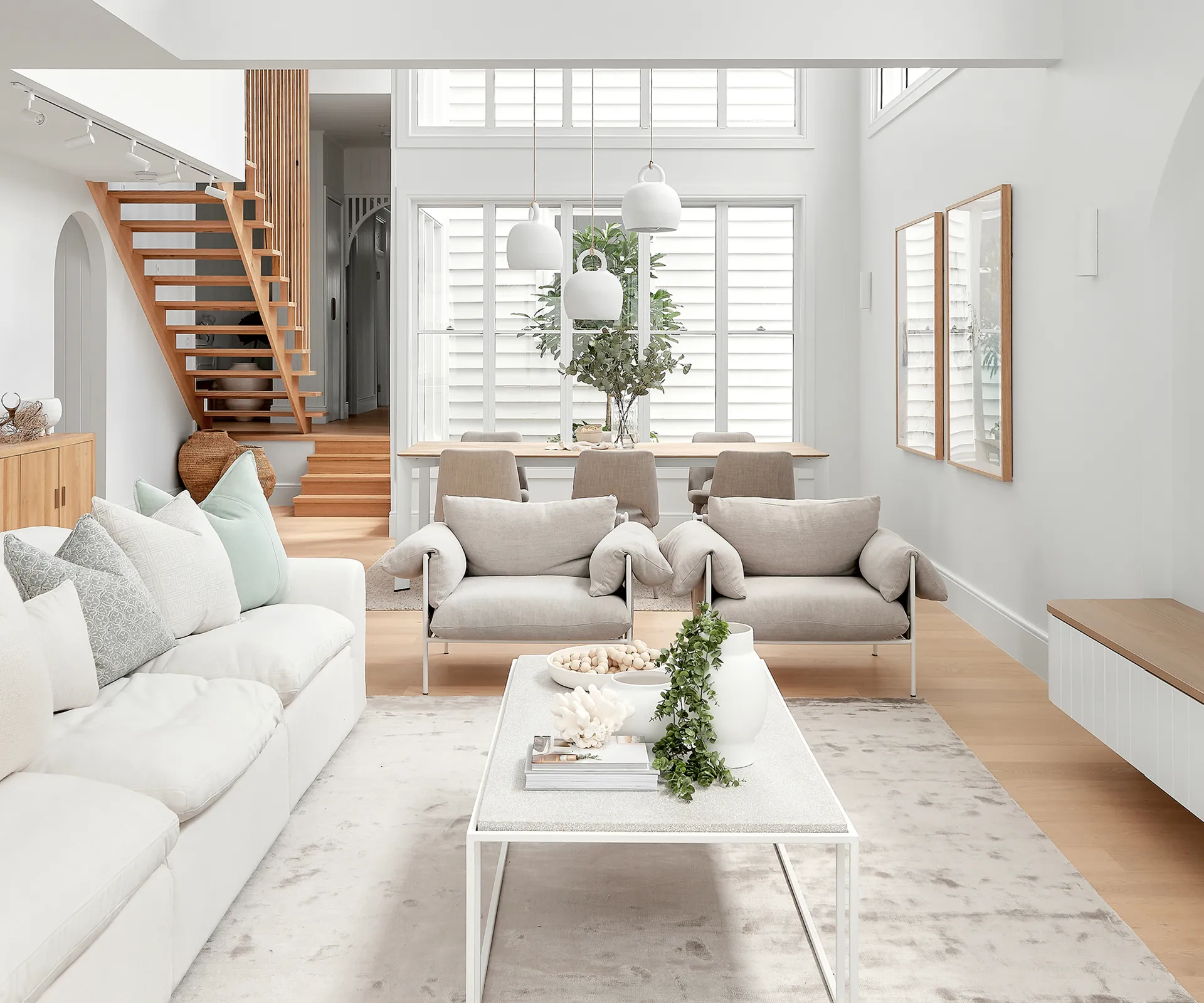
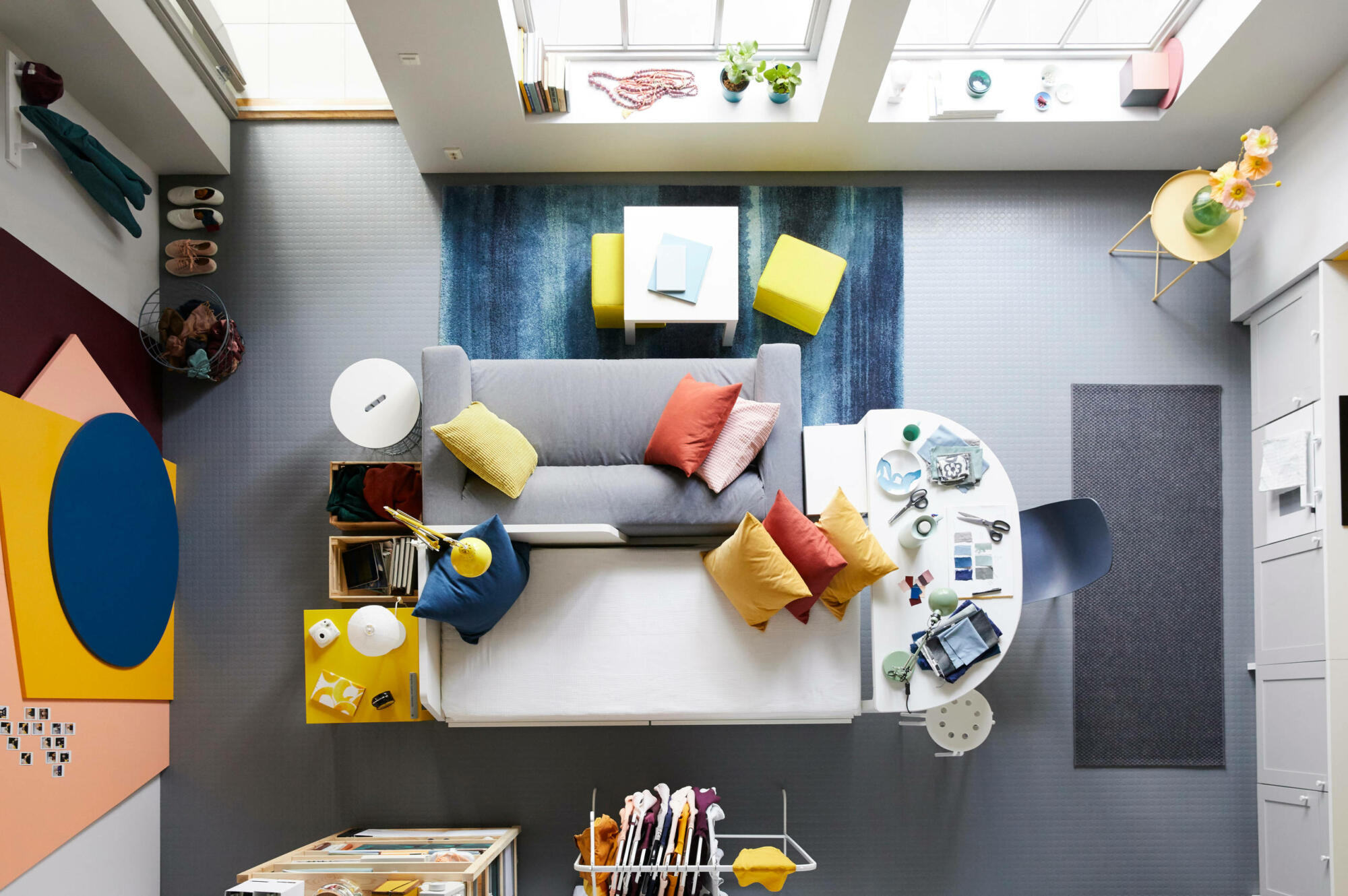
Understanding Open-Plan Layouts
Defining Open Spaces
Open-plan lounge room layout ideas revolve around creating seamless transitions between different areas in a room. The absence of walls or partitions characterizes open spaces, fostering a sense of flow and connectivity within the living space. For instance, an open kitchen seamlessly blending into the dining area exemplifies this concept.
Natural light easily penetrates open spaces, making rooms feel bright and airy. This design element not only enhances aesthetics but also contributes to a welcoming ambiance. Picture a spacious living room with large windows that allow sunlight to illuminate every corner, creating a warm and inviting atmosphere for residents and guests alike.
Benefits of Open Plans
One significant advantage of open plans is the improved social interaction they facilitate among family members or guests. Whether it’s hosting gatherings or simply spending time together, the lack of physical barriers encourages communication and bonding. Imagine preparing dinner in an open kitchen while chatting with family members relaxing in the adjacent living area.
Moreover, open plans provide flexibility in furniture arrangement and usage. Without fixed walls dictating where each piece should go, homeowners can experiment with various layouts to suit their needs best. This adaptability allows for easy transition from everyday activities like watching TV to hosting game nights or parties without feeling constrained by rigid room divisions.
Designing Your Open-Plan Lounge
Creating Cohesion
Consistency in flooring materials is key to tying together an open-plan lounge. When the same flooring runs throughout, it visually connects different areas. Coordinating colors and textures across zones ensures a cohesive look that flows seamlessly. Incorporating similar design elements like furniture styles or architectural details enhances the overall cohesion of the space.
To divide spaces within your open-concept living room, strategic furniture placement is crucial. By positioning furniture thoughtfully, you can create distinct zones within the room without using physical barriers. Room dividers such as bookshelves or screens offer both separation and aesthetic appeal while maintaining an open feel. Incorporating variations in ceiling heights or floor levels subtly delineates different areas of an open-plan lounge.
Maximizing Sight Lines
Ensuring clear sight lines throughout your open-plan lounge contributes to its spaciousness and openness. Placing furniture and decor items strategically avoids blocking views, enhancing the flow of the space. Opt for sleek and low-profile pieces over tall or bulky ones to maintain unobstructed sight lines in an open layout setting. Introducing mirrors strategically not only reflects light but also extends sight lines, creating an illusion of more depth and openness in the space.
Furniture Arrangement Strategies

Layout Ideas
In an open-plan lounge room, an L-shaped layout can effectively define separate zones. This arrangement creates distinct areas for activities like watching TV or conversing with guests. A centralized seating arrangement surrounded by functional spaces, such as a dining area or a reading nook, helps balance the room’s layout and functionality.
Opting for a floating furniture arrangement in your open-plan space allows for flexibility. It enables easy reconfiguration when hosting gatherings or changing the room’s purpose temporarily. This setup also promotes smooth traffic flow throughout the lounge room, enhancing accessibility and comfort for everyone using the space.
- An L-shaped layout defines zones
- Centralized seating balances functionality
- Floating furniture offers flexibility and traffic flow enhancement
Furniture Selection
Choosing furniture with low profiles is crucial in maintaining clear sightlines within an open-plan lounge room. Low-profile pieces help create an unobstructed view across different sections of the space, enhancing its spacious feel and visual appeal. Opting for multifunctional furniture maximizes usability by serving multiple purposes without cluttering the area.
Selecting lightweight and easily movable furniture items is beneficial in an open-plan setting where versatility is key. These pieces enable effortless rearrangement to accommodate various activities or adapt to changing needs without much hassle.
- Low-profile furniture maintains clear sightlines
- Multifunctional pieces maximize usability
- Lightweight options allow easy reconfiguration
Arranging Tips
Grouping furniture into cozy conversation areas fosters social interaction within your open-plan lounge room setting. By creating these inviting clusters of seating, you encourage communication and bonding among occupants while utilizing the available space effectively.
To ensure smooth movement throughout the entire area, it’s essential to establish clear pathways between different zones within your open-plan layout. Balancing furniture placement evenly distributes visual weight across the room, preventing any single area from feeling overcrowded or neglected.
- Grouping into conversation areas encourages social interaction
- Clear pathways enhance movement efficiency
- Balancing placement ensures even distribution of visual weight
Decorating Open-Plan Lounges
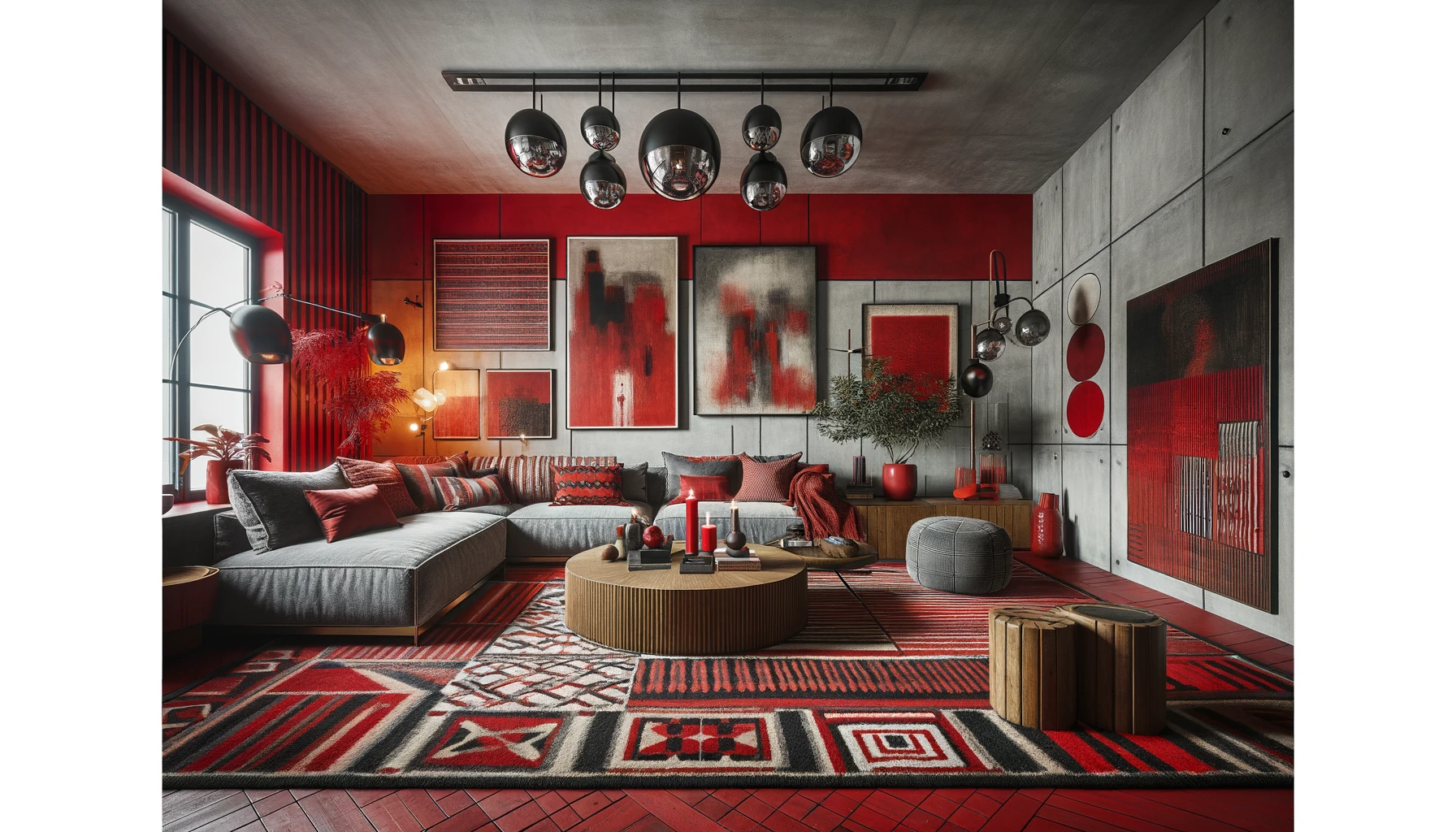
Using Color
When decorating open-plan lounge rooms, a cohesive color scheme is key. Lighter colors on walls and surfaces can create a sense of spaciousness. Adding pops of color through accessories or accent walls brings visual interest to the layout.
In an open-plan space, consistent lighting is crucial for creating a unified ambiance. Incorporating ambient, task, and accent lighting ensures proper illumination in various zones. Dimmers offer flexibility by allowing you to adjust lighting levels based on specific needs or moods.
Focal Points
To define different areas within an open-plan lounge room, consider creating focal points like fireplaces or artwork. Highlighting architectural features such as exposed beams or large windows adds character and draws attention to the space. Statement light fixtures can also serve as eye-catching focal points in an open-layout design.
Dividing a Room in Open Floor Plans
Blurring Boundaries
Creating an open-plan lounge room layout involves blurring boundaries between different zones. Similar flooring materials or rugs used throughout the space can visually connect areas and enhance flow. For subtle separation without compromising openness, consider incorporating transparent dividers like glass partitions to maintain a sense of unity.
Functional and aesthetic room division can be achieved through built-in storage solutions, serving dual purposes while defining distinct spaces within the large room. These storage units not only provide organization but also act as natural dividers that do not disrupt the overall layout’s fluidity.
- Similar flooring materials for visual continuity
- Transparent dividers like glass partitions for subtle separation
- Built-in storage solutions as functional room dividers
Light Fixtures as Dividers
In an open-plan lounge, using light fixtures strategically can serve as effective dividers. Hanging pendant lights or chandeliers at varying heights helps to visually separate different areas within the space, creating designated zones without physical barriers. Installing track lighting along the ceiling offers a practical way to establish pathways and define specific zones in the room.
To add both functionality and visual interest to an open floor plan, consider utilizing floor lamps strategically. Placing these lamps strategically not only provides task lighting where needed but also contributes to delineating various sections within the large area seamlessly.
- Hanging pendant lights or chandeliers at varying heights for visual division
- Installing track lighting along the ceiling to create defined pathways
- Strategic placement of floor lamps for task lighting and visual separation
Coordinating Furniture and Decor

Connecting with Color
In an open-plan lounge room, using a consistent color palette is key. By incorporating complementary colors or shades of the same color throughout the space, you establish a visual connection. This approach creates a harmonious flow between different zones within the room.
Introducing color accents in each zone can help define individual areas while maintaining overall cohesion. For example, if your living area features blue tones, consider adding throw pillows or artwork with hints of blue to tie everything together seamlessly. This strategy ensures that each section feels distinct yet part of a unified whole.
- Consistent color palette establishes visual connection
- Complementary colors create harmonious flow
- Color accents define individual areas while maintaining cohesion
Multi-Purpose Functionality
Maximizing functionality in an open-plan lounge room involves selecting furniture pieces wisely. Opt for items with hidden storage compartments to keep clutter at bay and make the most of available space efficiently. Choosing convertible or modular furniture allows for easy transformation based on specific needs.
Designating flexible areas that serve multiple purposes is another smart move in optimizing space utilization effectively. For instance, having a dining table that can double as a workspace offers versatility without compromising on style or comfort.
- Hidden storage compartments maximize functionality
- Convertible furniture allows for easy transformation
- Flexible areas serving multiple purposes optimize space utilization
Enhancing Open Spaces with Lighting
Light Fixtures
Light fixtures play a crucial role in enhancing the ambiance of an open-plan lounge room. Choosing fixtures that match the room’s style can greatly improve its overall look. For example, pendant lights or chandeliers with adjustable heights offer flexibility in lighting design, allowing you to customize the illumination based on different needs and occasions. Incorporating recessed lighting into the layout provides a sleek and subtle lighting solution that doesn’t overcrowd the space visually.
When selecting light fixtures for your open-plan lounge room, consider how they blend with the existing decor and furniture. Opting for fixtures that complement the overall aesthetic can tie together the entire space seamlessly. By choosing wisely, you can create a cohesive look that elevates the room’s appeal while ensuring adequate lighting levels for various activities.
Natural Light Maximization
Maximizing natural light intake is key to creating an inviting and spacious atmosphere in an open-plan lounge area. To achieve this, position furniture away from windows to allow sunlight to reach deeper into space, brightening up every corner naturally. Utilizing sheer curtains or blinds instead of heavy drapes offers privacy without blocking out natural light entirely.
Incorporating elements like skylights or large windows enhances natural light penetration significantly while establishing a strong connection between indoor and outdoor spaces. These features not only brighten up your open-plan lounge but also bring nature indoors, creating a harmonious environment that feels airy and welcoming.
Using Color to Define and Connect Spaces
Color Schemes
Choosing neutral color schemes like whites, grays, or beiges can establish a timeless backdrop for your open-plan lounge room. These colors create a versatile canvas that allows you to play with different decor styles. For instance, pairing white walls with gray furniture can give the room an elegant and sophisticated feel.
On the other hand, monochromatic color schemes, where varying shades of a single color are used throughout the space, add depth without overwhelming it. Picture using different tones of blue in your furnishings and decorations against a light blue wall; this creates visual interest while maintaining cohesion.
In contrast, incorporating contrasting color schemes such as black and white injects modernity into your open-plan layout. Think about having black accent pieces against white walls or vice versa; this combination not only looks sleek but also makes a bold design statement.
Accent Colors
Adding vibrant accent colors strategically can infuse personality into your open-plan lounge room without dominating the entire space. Imagine having neutral-toned furniture complemented by bright yellow throw pillows or artwork; these pops of color draw the eye and liven up the area.
Integrating accent colors through accessories or standout furniture pieces helps tie together different zones within an open-plan setting cohesively. For example, if you have a predominantly gray living area, introducing teal accents through rugs or cushions can create visual connections between various sections.
To maintain balance in your space, consider blending warm and cool accent colors thoughtfully. Warm hues like reds or oranges can bring coziness to seating areas while cooler tones such as blues or greens evoke calmness in dining spaces. Mixing these tones ensures that each part of your open-plan lounge room feels welcoming yet distinct.
Maximizing Functionality and Flow
Designing an open-plan lounge room involves maximizing functionality and flow to create a harmonious living space. By creating multi-purpose areas within the lounge room, you can designate specific zones for various activities. For instance, setting up a cozy reading nook or a play area enhances the room’s functionality by catering to different needs.
Incorporating flexible seating options like ottomans or floor cushions allows for easy adaptation of spaces based on requirements. These versatile seating choices not only provide comfort but also enable quick rearrangement for different purposes. Moreover, creating designated storage areas within these multi-purpose zones helps maintain organization and tidiness in the open-plan layout.
Strategic positioning of seating areas is key to taking advantage of scenic outdoor views. Placing seating arrangements near windows that overlook beautiful landscapes enhances the overall experience of the space. Utilizing large windows or glass walls further amplifies this effect by allowing uninterrupted views and fostering a seamless connection with nature outside.
Incorporating outdoor living spaces adjacent to your open-plan lounge room expands the visual perception of space. This integration blurs the boundaries between indoor and outdoor areas, creating a cohesive environment that feels expansive and inviting.
Closing Thoughts
You’ve now got the tools to transform your open-plan lounge into a space that’s not just functional but also stylish and inviting. By understanding how to design, arrange furniture, decorate, and play with lighting and color, you can create a cohesive and harmonious living area. Remember, it’s all about maximizing functionality while maintaining a seamless flow throughout the space.
Now it’s your turn to roll up your sleeves and bring these ideas to life in your own home. Experiment with different layouts, mix and match furniture pieces, play with colors, and don’t forget the power of lighting. Your open-plan lounge is a canvas waiting for your personal touch. So go ahead, get creative, and let your space reflect your unique style!
Frequently Asked Questions
What are the key benefits of an open-plan lounge room layout?
Open-plan layouts offer a sense of spaciousness, promote better communication and interaction among family members or guests, allow for natural light to flow freely, and provide versatile design opportunities.
How can I effectively divide a room in an open floor plan without losing the sense of openness?
You can use furniture like bookcases or screens as stylish partitions that maintain visual connection while defining separate zones within your open space.
What are some tips for coordinating furniture and decor in an open-plan lounge?
Choose a cohesive color palette, vary textures to add depth, consider scale and proportion when arranging furniture pieces, and use area rugs to visually define different areas within the space.
How important is lighting in enhancing the ambiance of an open-plan lounge?
Lighting plays a crucial role in creating atmosphere. Combine overhead lighting with task lighting like floor lamps or pendants to illuminate specific areas and create focal points that enhance the overall aesthetic appeal.
Can you suggest ways to maximize functionality in an open-plan lounge while ensuring smooth traffic flow?
Opt for multifunctional furniture pieces that serve more than one purpose, strategically place seating arrangements to encourage conversation hubs, use built-in storage solutions to minimize clutter, and ensure there’s enough clearance space between furniture for easy movement.

